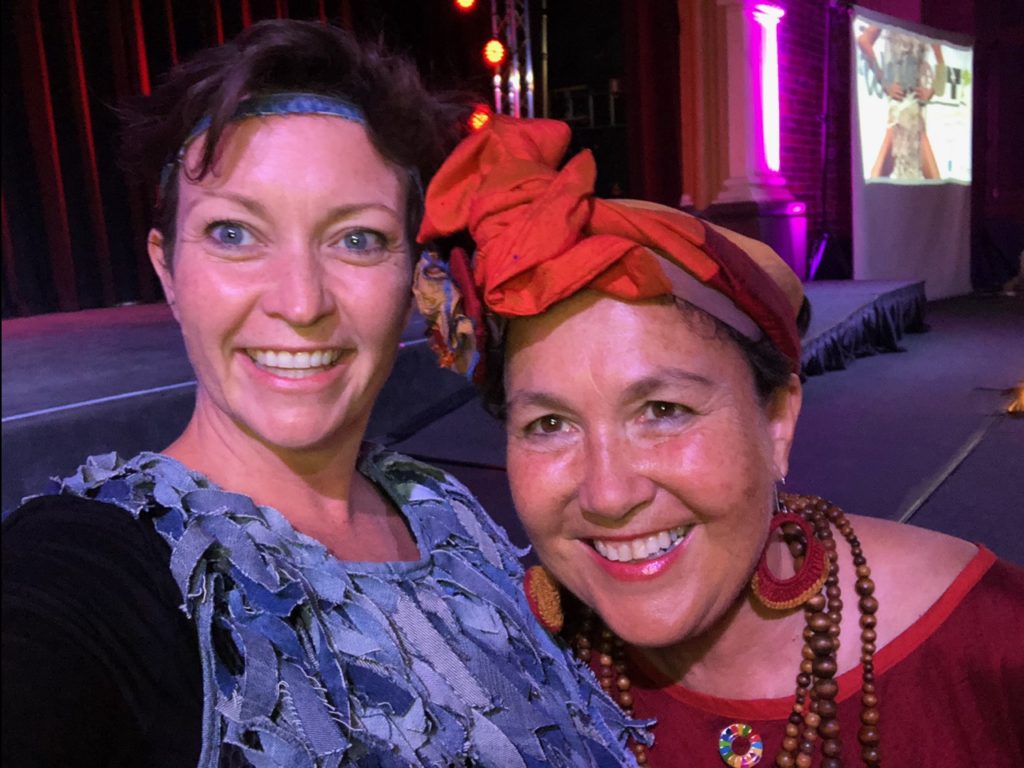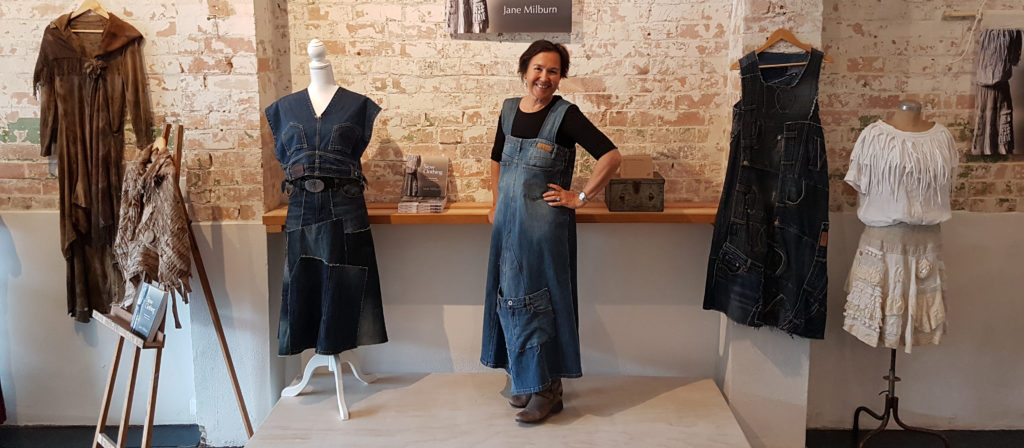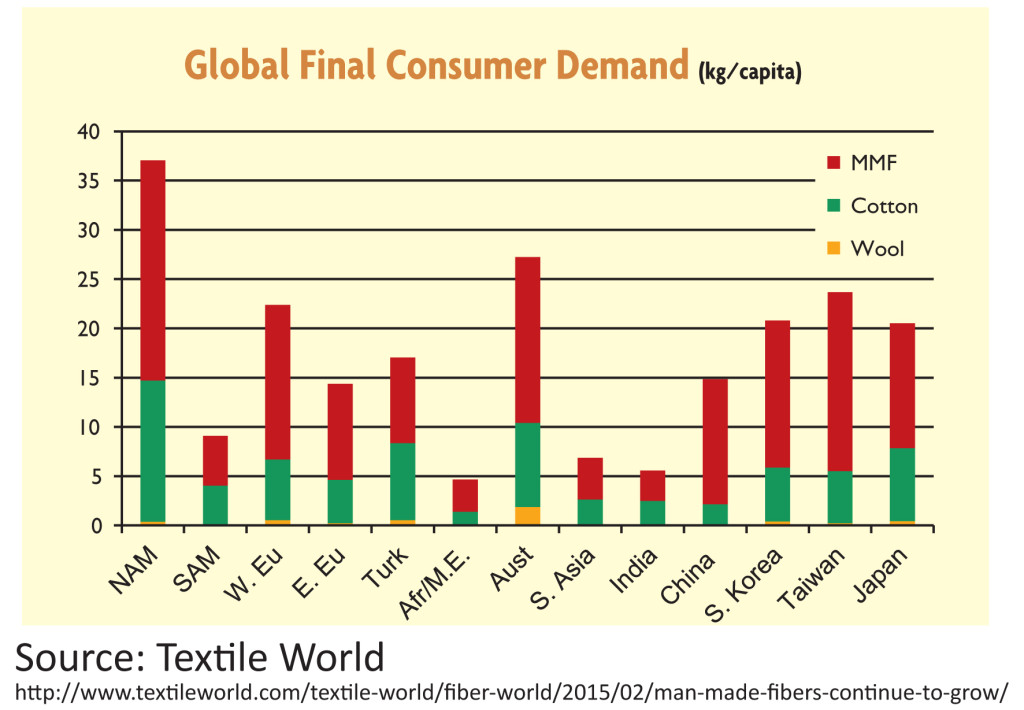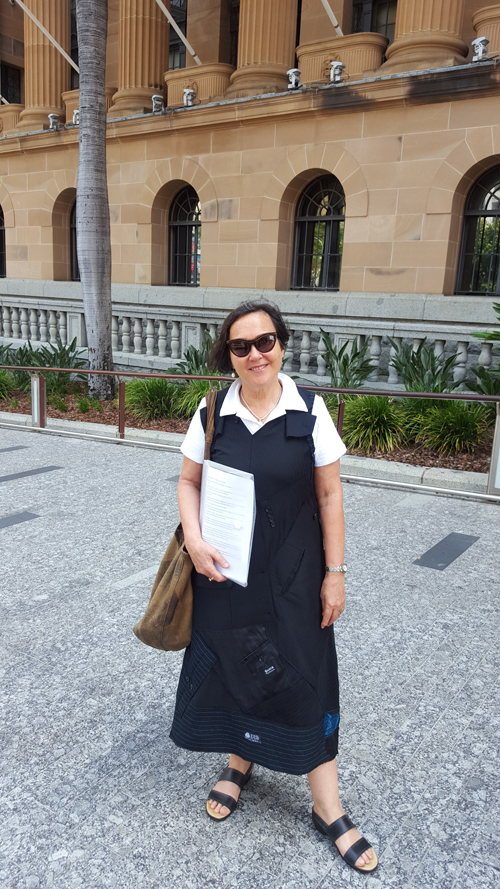WornOut is an annual showcase of creativity and resourcefulness organised by Reverse Garbage Queensland to showcase designers working to reduce textile waste, with the 2019 theme being The Future of Waste.
As ambassador, Jane Milburn said that future really must be for us to waste nothing – and invest creative effort to keep materials endlessly circulating. Jane and ABC Brisbane’s Rebecca Levingston co-hosted this year’s event.
‘There has never been a more important time to change our thinking and actions around reuse – to fully value and appreciate our planet’s precious resources,’ Jane said.
WornOut is now in its third year and taps into the global awakening about social and ecological impacts of the fashion industry, which contributes up to 10 percent of humanity’s carbon emissions. It is curated by Elizabeth Kingston, supported Brisbane City Council and the Queensland Department of Environment and Science, and was held on November 23 at Princess Theatre with showcases of refashion, wearable art and cos play.
Jane said the purpose of the WornOut showcase is to:
- invest human energy, skills and creativity to transform ‘waste’
- change attitudes about when – if ever – textile resources are ‘wornout’
- show thrift and resourcefulness thriving in the local circular economy
- have fun with what we wear in inclusive and diverse ways




